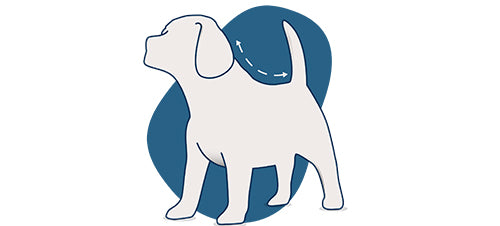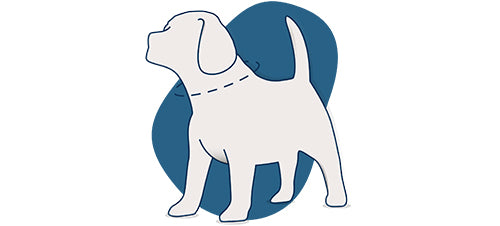Welcome to our ultimate guide to Staffordshire Bull Terriers! If you're considering adding a Staffordshire Bull Terrier to your family or already have one, you're in for a delightful journey with this remarkable breed. In this comprehensive guide, we'll delve into various aspects of Staffordshire Bull Terrier ownership, including their personality, traits, health issues, training, dietary needs, exercise requirements, accessories, and much more.
Staffordshire Bull Terrier Personality and Traits
Staffordshire Bull Terriers, often affectionately called "Staffies," are renowned for their courageous, affectionate, and loyal nature. They possess a unique blend of strength and gentleness, making them excellent family companions, they are often referred to as the “nanny dog” due to their love for children. Staffordshire Bull Terriers are companion dogs so their favourite place to be is with their families, so often don’t do well with being left alone for extended periods of time With proper socialisation and training, Staffies exhibit a friendly and outgoing demeanour towards people and other pets.
Staffies are part of the terrier family of dogs, meaning they have a high prey dive and a natural love for digging but they are also highly intelligent because of this. Their innate intelligence and eagerness to please make them highly trainable, although they may display a stubborn streak at times. It's essential to establish firm and consistent leadership while maintaining positive reinforcement techniques during training sessions.
Staffordshire Bull Terrier Health Issues
Like all breeds, Staffordshire Bull Terriers may be prone to certain health issues. Common concerns include Patella Luxation, Cruciate ligament disease, cataracts, skin allergies such as dermatitis. Regular veterinary check-ups, a balanced diet, and adequate exercise can help mitigate potential health problems and ensure your Staffie leads a long and healthy life.
Raising A Staffordshire Bull Terrier

Raising a Staffordshire Bull Terrier requires patience, dedication, and love. Like all breeds, early socialisation is crucial to help them become well-adjusted and confident adults, due to originally being bred for sport Staffies can be competitive and aggressive with other dogs if they haven’t been properly socialised. Providing a stimulating environment with plenty of mental and physical exercise will help prevent boredom and destructive behaviours.
Staffordshire Bull Terrier Training
Training is an integral part of owning a Staffordshire Bull Terrier. Their eager to please nature means they are easy to train but they can be stubborn and impulsive at times so getting basic puppy training in early is key. Positive reinforcement techniques such as treats, praise, and playtime work best with this breed. Consistency and patience are key, and early training sessions should focus on basic obedience commands and proper lead manners.
How Much Exercise Does A Staffordshire Bull Terrier Need?

Staffordshire Bull Terriers are active and energetic dogs that require regular exercise to stay healthy and happy. Aim for at least 60 minutes of physical activity each day, which can include walks, playtime in the garden, and interactive games. Engaging in activities that stimulate their minds and bodies will help prevent boredom and channel their energy in a positive direction.
Best Walking Accessories For A Staffordshire Bull Terrier

When walking your Staffordshire Bull Terrier, invest in high-quality walking accessories such as a sturdy lead, harness, and collar. Opt for a harness that fits snugly without restricting movement, especially for strong pullers, we love the Ruffwear Front Range harness for this, you can clip a lead to the front and the back of the harness to give you additional control whilst training your Staffie to loose lead walk. They also have matching collars and leads available! If you’re looking for a stylish collar and lead set our padded Italian leather collar and leads are perfect, they are handcrafted in Italy and the padding makes them super comfortable for your pup.
Staffordshire Bull Terrier Grooming
Due to their short coat, Staffies are really low maintenance when it comes to grooming with only seasonal shedding to worry about. For bathing them we recommend using our PetPlex derma doctor, they are prone to dermatitis so this sensitive formulation is perfect for their sensitive skin.
Staffordshire Bull Terrier Dietary Needs
A nutritious diet is essential for the overall health and well-being of your Staffordshire Bull Terrier. Choose a high-quality dog food formulated for their age, size, and activity level. Monitor their calorie intake to prevent obesity, and provide plenty of fresh water at all times.
Best Food For A Staffordshire Bull Terrier Puppy
For Staffordshire Bull Terrier puppies, select a puppy-specific formula rich in essential nutrients for healthy growth and development. Feed them small, frequent meals throughout the day and consult with your vet for personalised feeding recommendations. For a high quality puppy food we love either the PRO PLAN Medium Puppy for Sensitive Skin with Salmon Dry Food as it’s great for their allergy prone skin or the Carnilove Salmon with Blueberries Puppy Food as the ingredients were hand selected to support healthy physical development.
Best Dog Food For A Staffordshire Bull Terrier
When selecting dog food for your adult Staffordshire Bull Terrier, opt for a balanced diet that includes protein sources, healthy fats, carbohydrates, vitamins, and minerals. Avoid foods containing artificial additives, fillers, and by-products, as these may compromise their health in the long run. Brands to look at for healthy dog food for your Staffie are Carnilove, Orijen and Acana - they are all full of healthy and nutritious ingredients for your dog!
Staffordshire Bull Terrier Bed

Provide your Staffordshire Bull Terrier with a comfortable and supportive bed where they can rest and relax. Choose a bed size that accommodates their body size and sleeping habits, and opt for materials that are durable and easy to clean. If you have a particularly mucky Staffy you might want to try one of our Rhino tough beds which are wipe clean and bleachable. For your Staffie puppy we’d recommend one of our cosy & calming puppy crate beds and dog crates, this will be perfect for settling them in at home and giving them a safe space.
Best Toys For Staffordshire Bull Terriers
Staffordshire Bull Terriers are playful by nature and enjoy a variety of toys to keep them mentally stimulated and entertained. Opt for toys that are durable, interactive, and safe for chewing, such as rubber chew toys, puzzle toys, and interactive balls.
Staffordshire Bull Terrier Soft Toy
For a cosy companion, consider gifting your Staffordshire Bull Terrier a soft toy that they can snuggle with during naptime or bedtime. Staffies are known to be chewers so will often get into soft toys quite easily so we’d recommend trying one of the GiGwi duraspikes range which has been designed to be tough!
Staffordshire Bull Terrier Chew Toys
If your Staffy loves to chew try the gnoshers or bamboodle chews, they’re flavoured with chicken or beef and are perfect to keep your chewing Staffy busy.
In conclusion, Staffordshire Bull Terriers are loving, loyal, and vibrant companions that bring joy and companionship to any household. By understanding their unique needs and providing them with proper care, training, and attention, you'll forge a deep and lasting bond with your Staffordshire Bull Terrier for years to come.
Thank you for reading our Staffordshire Bull Terrier Ultimate Guide. Here's to many happy adventures with your beloved Staffie! Want to shop for your Staffie? Have a look at our Staffordshire bull terrier shop here for the best products for your pup!

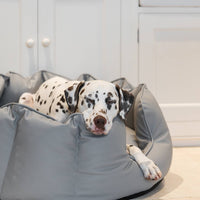
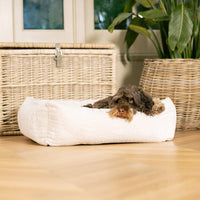

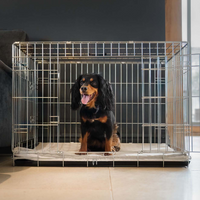

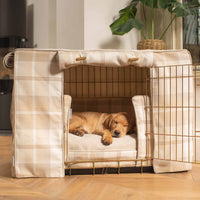

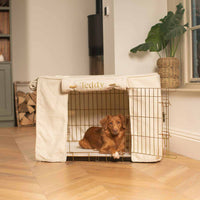
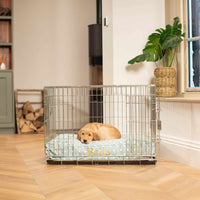
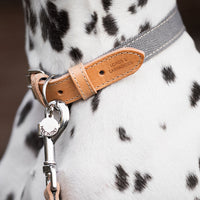

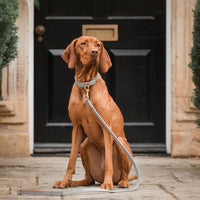
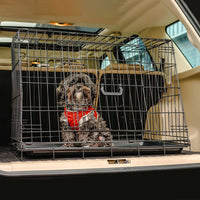
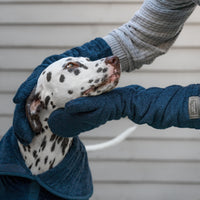
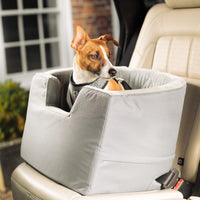
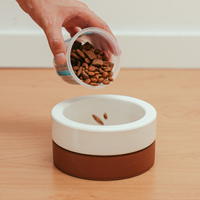
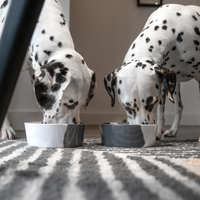
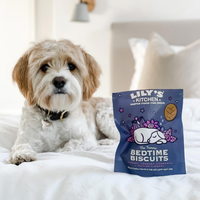
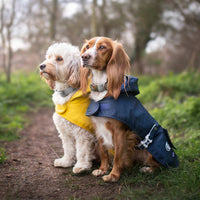
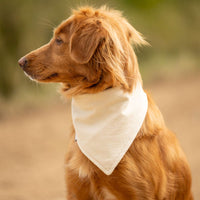
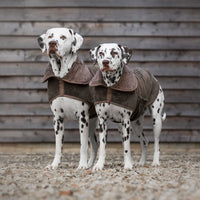
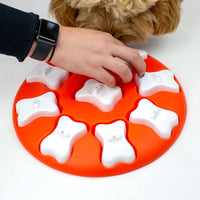

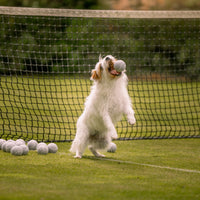
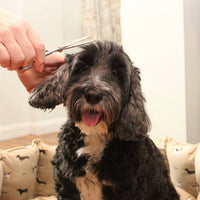
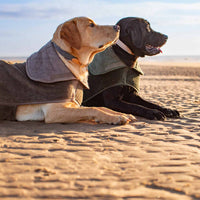

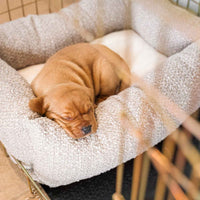
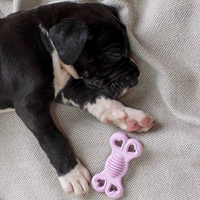
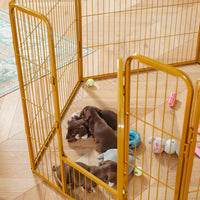



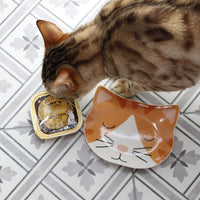
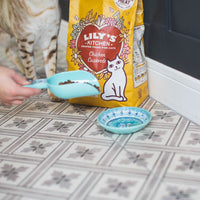
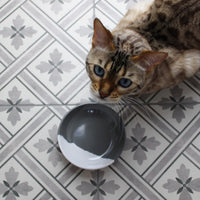
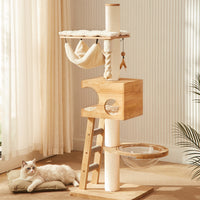


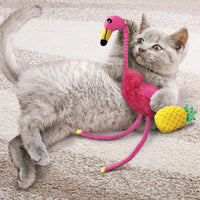
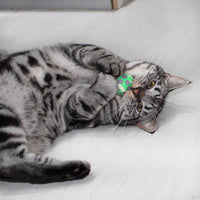
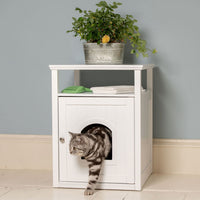
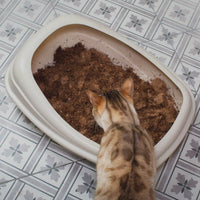
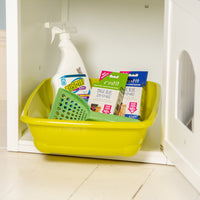
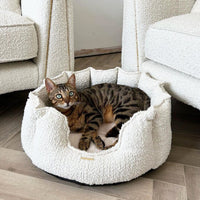
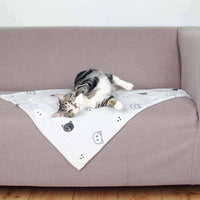
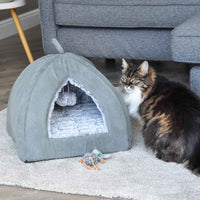





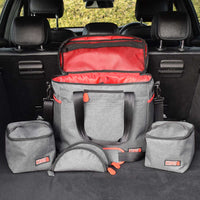



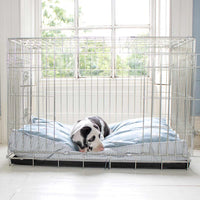
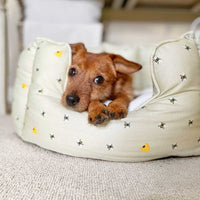
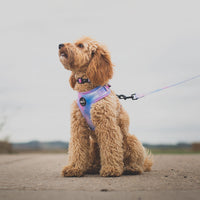













.jpg?v=1727276109779&options=)























